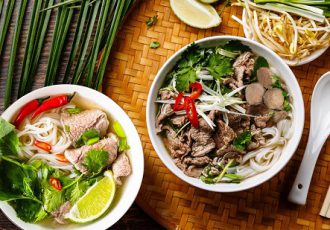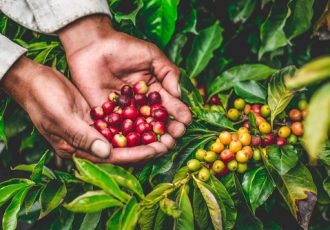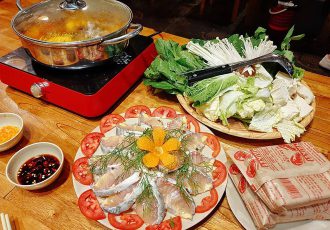Summary
Overview of spring rolls
Goi cuon, much better known as Vietnamese spring rolls, is one of the most popular dishes in the world. Fresh and healthy with multiple flavors, goi cuon is an ideal dish especially on sunny days. In fact, it has entered several times in lists of the most prestigious dishes. His recipe, like that of pho, is very popular on culinary sites in France such as marmiton.org, ricardocuisine.com,…
Due to its simple preparation that contrasts with the sublime complexity of its taste, the spring roll has earned its place in the hearts of all gourmets in the world.
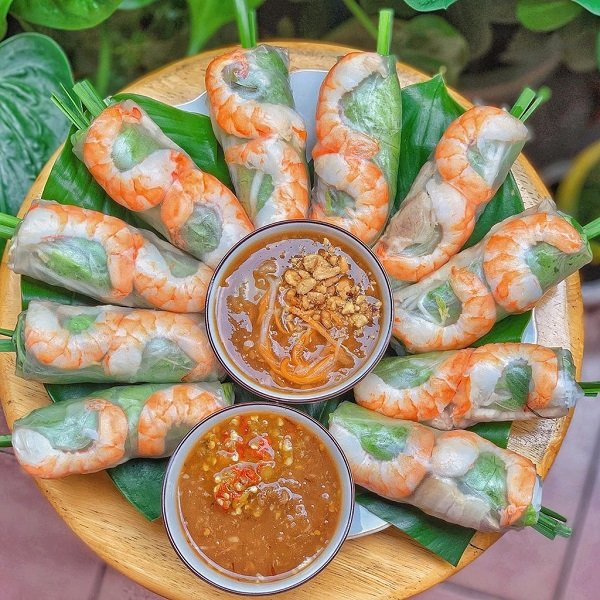
Origin of Vietnamese Spring Rolls
No one knows the origin of spring rolls, because they exist in every corner of Vietnam, each region has its own version. However, there is a theory that goi cuon is a variation of Chinese popiah, but this is most likely incorrect, as the fresh and light nature of spring rolls differs markedly from the richness of popiah. In addition, dishes in the form of a roll exist in all cuisines in the world, including many other much more popular dishes such as the gimbap of the Koreans, the sushi of the Japanese, and even the pancakes of the French!
Main elements
Despite the diversity of versions, the spring roll consists of 5 main elements: proteins, vegetables, aromatic herbs, rice vermicelli and rice cakes. Nevertheless, this dish won’t be complete without the sauce – the element that will make every spring roll a unique experience. Each of these elements can vary by region, and in this article we will try to present you with a panoramic view of the spring rolls according to the variation of these five elements.
Proteins
Protein is the main element of spring rolls. We often meet boiled pork and shrimp, but the range of variation is really wide: beef, pork belly slices, pork ears, duck, grilled or steamed fish, Vietnamese sausage, and also omelets.
Each of these ingredients can be in combination with others, or can always be the only one in the roll. The preparation is often simple: boiled, steamed and presented in thin slices or julienne. Beef, duck, pork belly are often thinly sliced, while omelets, Vietnamese sausages and especially pork ears (due to its crispy texture) are presented with julienne.
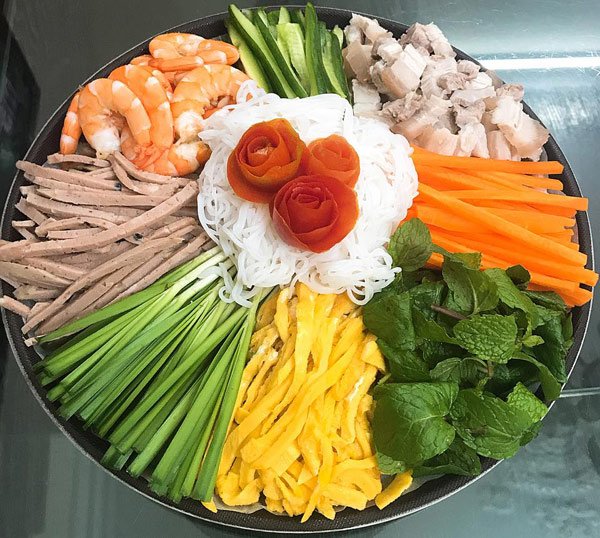
Flavouring herbs
Flavoring herbs are always eaten raw. In a few types of rolls, they are even the star of the dish. In the Tay Ninh region of southern Vietnam, the Trang Bang banh trang roller is eaten with about 30 different types of wild herbs and vegetables.
Vegetables
No matter how many types of herbs can be found, it is essential to ensure the acidic, pungent tastes and also the crunchy texture of raw and fresh vegetables. Cucumber, carambola and green to julienne banana are more often found, and can also be carrot and pickled green papaya, which add taste but also color for the rolls. In fact, flavoring herbs are the main reason why they are called “spring rolls” because they bring spring freshness, and provide an easy source of fiber to diners.
Vermicelli
Rice vermicelli used in spring rolls are often thin threads or leaves of vermicelli. Fresh vermicelli play the role of starch in the dish, which allows us to have a complete meal with only spring rolls.
Rice cakes
Last but not least, rice cakes are the cover of the rolls, we roll all the other ingredients in there. The cake can be fresh, as in Hanoi pho cuon and Hue banh uot cuon, but also dried like most other rolls.
Yet even dried patties are divided into different types, depending on their finesse, preparation and origin. What is most used is the cake we mentioned above: the banh trang Trang Bang. Made in the Trang region Bang_ Tay Ninh, it requires exposure to dew instead of sun like other cakes. Its perfect suppleness is its strong point, and its slightly salty taste consists of a unique originality.
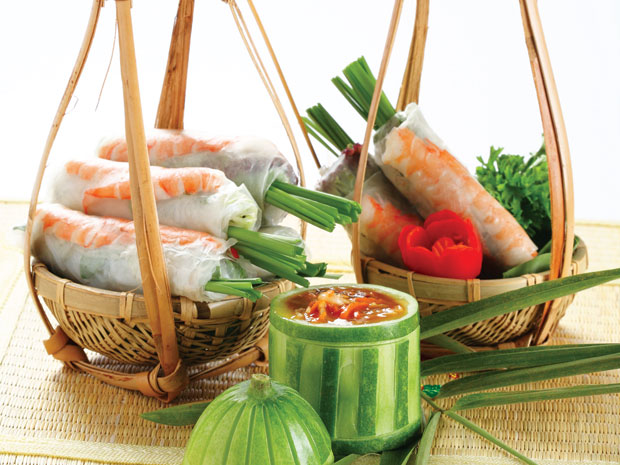
Vietnamese spring rolls are never eaten alone, but always with the side sauces. Sauces often have strong tastes, with the combination of acidic, pungent, salty and sweet tastes. We will be surprised that the same combination can vary so much: the sauce of the North takes its salty taste of nuoc-mam, while that of the Center takes mam-nem. The southern version of the sauce gets its smell and sweet taste from coconut juice… Sauces play an important role, as they elevate and accentuate the freshness of the ingredients.
The variations of spring rolls are almost innumerable thanks to the variation of each element. But we can always name the best known ones as pork belly rolls, grilled fish rolls, goi cuon with shrimp, bo cuon la cai _slices of beef cooked halfway, rolled in mustard leaves with green banana and carambola with julienne… and eaten with a sauce of hoisin and mustard…
The goi cuon is nowadays its entry in Western countries, it is also a much healthier and lighter alternative to hamburgers or fast food. In Australia, summer rolls are very popular and now sold in campus cafeterias in an effort to limit childhood obesity. If you have any opportunity to take a trip to Vietnam, we highly recommend this delicious dish.
Spring roll recipe
In this part, Horizon Vietnam Travel will teach you a simple way to make goi cuon, but you can experiment with other adaptations according to your taste. Discover the recipe for goi cuon with us!
Ingredients for 4 people
– Rice cake (about 20 leaves)
– Dry rice vermicelli (300 gr)
– Shrimp: 10
– Pork: 300 gr
– Green salad
– Flavored herbs (coriander, mint…)
– Carrots: 2
– Cucumber: 2
– Pineapple: 1
Preparation
Step 1: Cook the meat in boiling water over normal heat for about 15 minutes. Note: Add a little shallots and salt for more flavors.
Step 2: While waiting for the cooked meat, cook the shrimp in boiling water in another pot for 3-5 minutes with salt.
Step 3: Put the cooked shrimp and meat on a plate.
Step 4: Make a small omelet. Try to make a fairly thin omelet
Step 5: Cut the vegetables: carrot, cucumber into matches. Cut the pineapple in half, then into matches. Then cut the omelet into slices, the meat into thin slices, the shrimp in half after shelling them
Step 6: Put dry rice vermicelli in hot water for a few minutes
Step 7: Prepare the sauce: In a bowl, put 2 spoons of nuoc mam sauce, 2 spoons of sugar, 2 spoons of rice vinegar and 8 spoons of water. Mix the good and then add a little chilli and minced garlic.
Step 8: Roll the goi cuon: Moisten a rice cake. Add in order: salad, herbs, omelette, pineapple, carrot, cucumber, rice vermicelli, meat and shrimp. Bring back the 2 sides of the cake and roll tightly until the end of the cake.
The recipe in video
That’s it, it’s time to taste! Enjoy your meal!

